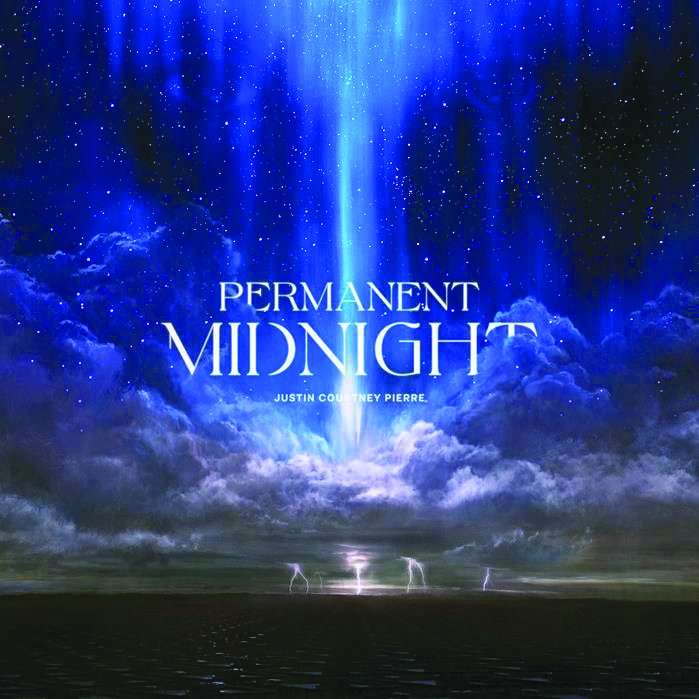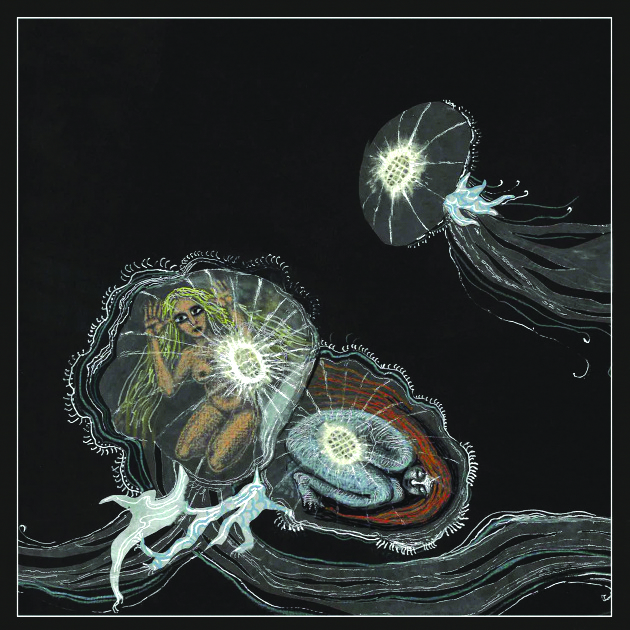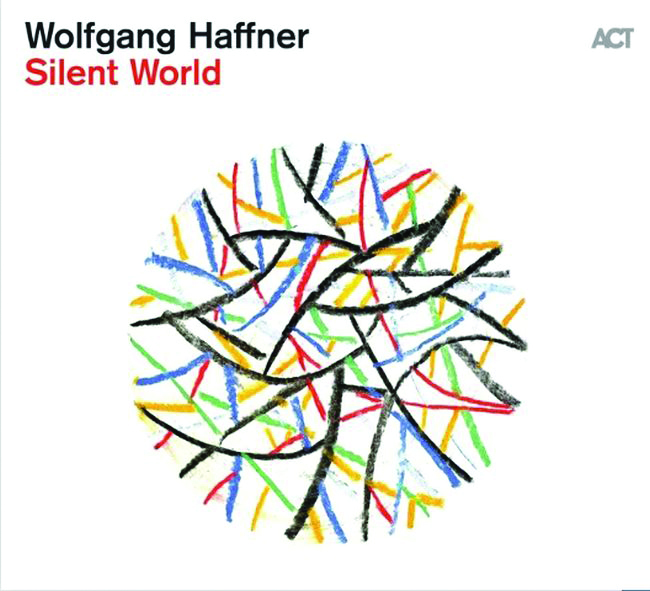Justin Courtney Pierre, Permanent Midnight (Epitaph Records)
If you’re going to sound like a male version of Mazzy Star — I mean the full Monty of that vibe, the aural equivalent of sipping a vodka drink while floating around in a luxury pool and feeling the tremors as the earth collapses — your lyrics might as well be so maudlin and psychologically adrift that people would worry about you a bit if they cared enough to try to grok your intentions (not that I detect any in the tune we’re discussing right now, “Used To Be Old School,” other than reflections on trite, Freudian little boyhood/adulthood reminiscences, but whom did that ever stop?). On and on Pierre warbles in his helium falsetto throughout the opening track of this listenable-enough five-songer, after which he tables a bunch of mid-Aughts noise-ish rock recalling Dandy Warhols and all that, exploring aging, fatherhood, family, longing and whatnot. Nothing wrong here, but by the same token there’s nothing that hasn’t been attempted by literally thousands of bands. A
Various Artists, This Ain’t Your Mama and Papa’s Holiday Music: A Compilation of Holiday Favorites for the Weirdo in Your Life (Island House Recordings)
You have about 20 seconds left to get this downloaded and prettily packaged so you’ll have a nice, edgy, indie collection of holiday tunes for your edgy indie holiday feast, which, if you’re like most people trying to get by during this corporate-greed jubilee that’s being blamed on “inflation,” will consist of buns, with actual hot dogs if you’re lucky. I got dragged into this set of 17 songs when someone clued me in to an upcoming EP from the New York City-based Royal Arctic Institute, a five-piece all-instrumental band that contributes to this compilation a sloshy, dreamy version of “Christmastime Is Here,” you know, the maudlin melody from the old Charlie Brown Christmas cartoon. It’s fine for what it is, but there are plenty of edgy indie things from which to choose here: a giggling, sample-soaked “Deck The Halls” from Synthetic Villains that didn’t upset my stomach, and so on. I’m already out of room for this shtick, but do keep in mind that all the proceeds from this one go to benefit the American Foundation for Suicide Prevention, so you should buy it just to be nice. A
Playlist
• Icky and gross, it’s the least wonderful time of the year, because as far as I can tell, there are almost no new albums due out tomorrow, Dec. 30, a Friday, which is of course the traditional day of the week on which to release new albums. Let’s face it, the holidays are over, no more plastic Halloween skulls everywhere, the Thanksgiving-flavored turkeys are all eaten up, Christmas and all its good will toward people and whatever is but a memory, and all that’s left is New Year’s Eve, the night we married couples stay up late to watch a bunch of people who’re immune to frostbite make out in Times Square after an electronic ball drops, and then, if we have any brain function remaining, we stay up another 15 minutes to catch up with all the latest new corporate rock acts (“Wow, honey, I didn’t know Florida Georgia Line actually had a catchy song!”). Then, of course, we ceremoniously clink our Coke glasses together and try to herd the cats up to bed. See, that’s what happens when you grow up enough to realize that New Year’s Eve is a plot to sell you cheap liquor, and that nothing really magical ever happens on that holiday, that is unless you get engaged to someone you can actually deal with as the clock strikes Bedtime. Have you ever gotten engaged on New Year’s Eve and broken up with that person two months later? I have. Have you ever gone bar-hopping and been stuck driving in a car when the clock struck midnight? I’ve done that one too. They should make a movie about New Year’s Eve that exposes the potential horror of it, like someone being stuck in an Uber at the stroke of midnight and they get sent back in time to the day before Thanksgiving, and they have to relive the whole holiday season, and if they don’t get it right and have an incredible moment of New Year’s Eve wonderfulness in which they smooch with their Twitter crush or whatever, they have to go back and do it all again. No? What about if there are velociraptors to deal with too?
• OK, I have no bloody idea what I’m going to do to fill the remainder of this space. Want to hear about the worst-ever meal I cooked on New Year’s Eve, of course you do, one time I was dating a vegetarian and I spent the entire day of New Year’s Eve making this disgusting tempeh-meatball dish with sauerkraut. The recipe required all sorts of stupid ingredients, like ginger root and sesame oil, all sorts of things that would have been great by themselves but which together made for a dining experience so unpleasant that I should make a short horror story out of it, to horrify people. But oh look, I’m saved, because some U.S. band called Bandit is releasing an album of “grindcore” (actually overly polished emo) tuneage, titled Siege of Self, on — oops, it was Dec. 29, but close enough. It’s stupid, and everyone’s calling it a worthless pile of Pig Destroyer worship. In other words, the only people who might like it are grindcore dudes who’ve never heard Pig Destroyer before. (No, don’t bother.)
• On New Year’s Eve day, some American metal band called Bayonette will release a new single called “Grógaldr.” No one knows anything about it, not even the Album Of The Year site, which means either that it doesn’t exist or that the band doesn’t understand that record releases need to be announced so that people know they exist. I don’t care what the case is, let’d just wrap up this dumb year with one more thingie.
• Finally we have DaniFighter, apparently a Turkish artist who, like Bayonette, has absolutely no idea how to announce an album. This dude has been known to put out Gorillaz-influenced noise-hip-hop that really sucks, and his new album/EP, Lecsavarlak, will be out this Friday, Dec. 30. Have a great New Year, folks!
If you’re in a local band, now’s a great time to let me know about your EP, your single, whatever’s on your mind. Let me know how you’re holding yourself together without being able to play shows or jam with your homies. Send a recipe for keema matar. Message me on Twitter (@esaeger) or Facebook (eric.saeger.9).






